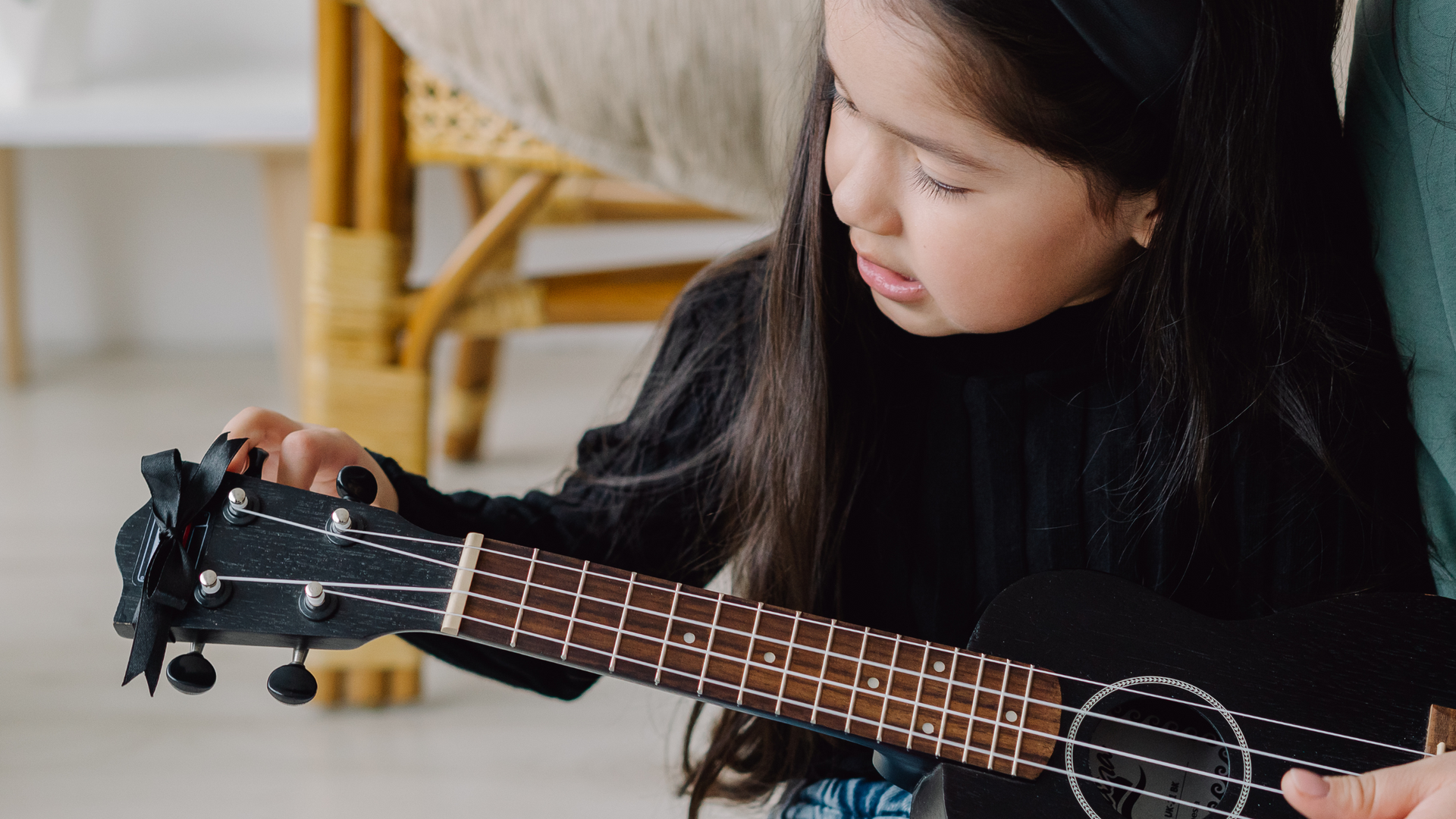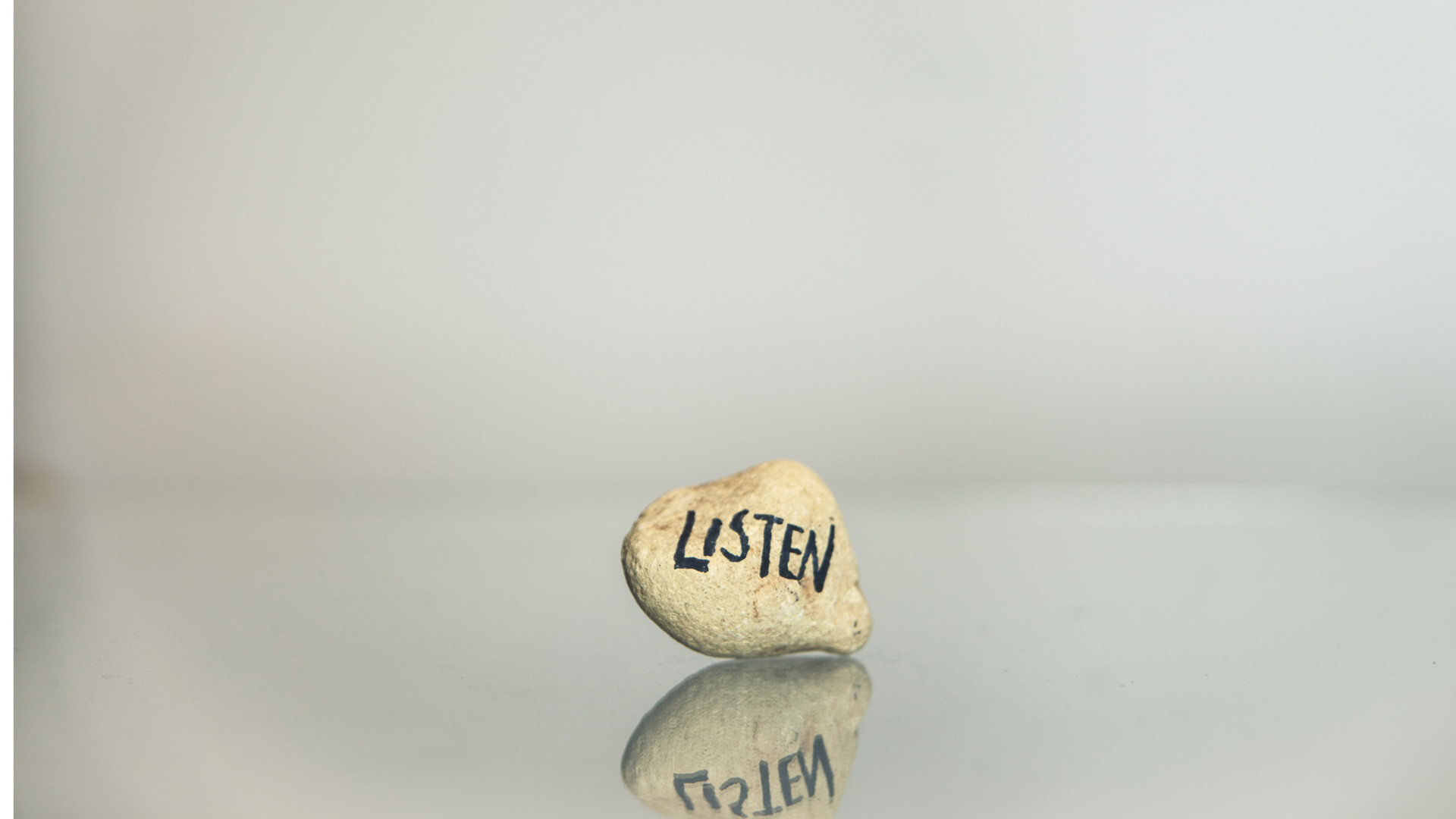Are we really listening? Why attunement matters in a distracted world
What is attunement and how it helps music therapists to truly listen...

Attunement is the ability to deeply connect with another person, sensing and responding to their emotions in a way that makes them feel understood. It goes beyond just listening, it is a dynamic process of tuning in, moment by moment, to another person’s feelings, rhythms and needs.
In everyday life, attunement plays a crucial role in human connection. Think of a parent instinctively soothing a crying baby by matching their tone and gently rocking them. Or a close friend who intuitively knows when you need comfort or space. In music therapy, attunement is at the core of what makes the therapeutic relationship effective.

Daniel Stern’s Theory of Attunement
Renowned developmental psychologist Daniel Stern introduced the concept of attunement as a key part of early relational experiences. He described how infants learn about emotions and connection through "affect attunement" - the process where a caregiver mirrors and responds to a child's emotional state in a way that fosters security and emotional regulation.
Stern’s theory highlights that true attunement goes beyond imitation; it involves a deep, non-verbal understanding and response to another’s inner world. In music therapy, this is precisely what we strive for - meeting clients where they are emotionally and musically, offering a responsive, validating space for expression.

How Music Therapists attune to their clients
Music provides a unique, non-verbal medium for attunement. Unlike spoken conversation, where words can sometimes fail, music allows therapists to connect through sound, rhythm, and dynamics. Music therapists attune to their clients in several ways:
- Musical mirroring: The therapist reflects the client’s musical expression - matching tempo, dynamics, and phrasing - to create a sense of connection and validation.
- Rhythmic synchrony: Engaging in shared rhythms through drumming, piano or voice helps build co-regulation and emotional connection.
- Harmonic support: Adding harmonic grounding (chords, drones) to a client’s improvisation can create a sense of safety and structure.
- Dynamic sensitivity: Adjusting volume, intensity, or silence to match the client’s emotional shifts ensures they feel seen and understood.
- Non-musical attunement: Beyond sound, music therapists use body language, facial expressions, and breath to remain fully present with the client.
The benefits of attunement
When a therapist is attuned, the client feels truly heard, validated, and emotionally held. This has profound effects on their well-being, including:
- Emotional regulation: Attunement helps clients process and manage their emotions, reducing anxiety and distress.
- Strengthened therapeutic relationship: A client who feels attuned to is more likely to trust the therapist and engage in the process.
- Increased self-awareness: Through attuned musical interactions, clients can gain deeper insight into their emotions.
- Improved social connection: Experiencing attunement in therapy can help clients build stronger, more meaningful relationships outside the session.

Final Thoughts: The power of attunement
Attunement can be thought of as an art, a mindset, and a commitment to presence. Whether through mirroring a client’s improvisation, responding to their emotions with sensitivity, or simply holding space for them in silence, attunement is what can transform sessions from a series of interventions into a deeply transformative relationship with the music itself.
In a world that often moves too fast, attunement offers something truly radical - the chance to slow down, listen deeply, and truly connect.




